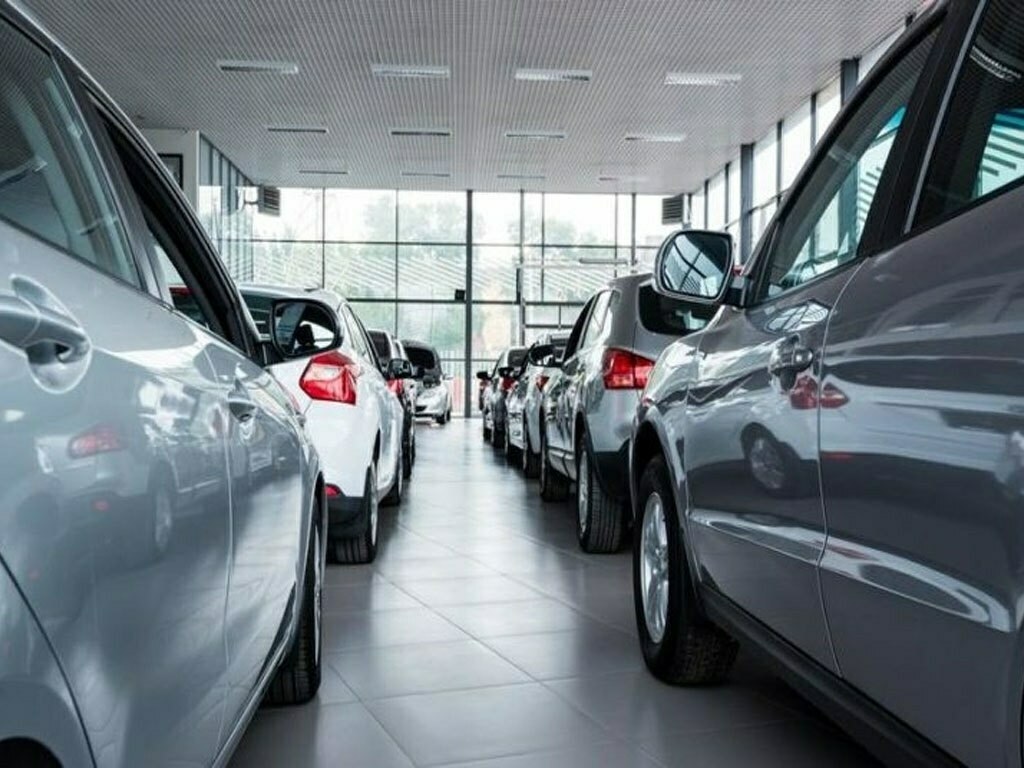Surely, a 53 percent cumulative growth in 9MFY22 should be a cause for celebration in the automobile industry. Latest numbers reveal that the industry in the locally assembled segment (not including sales of new Chinese models such as Changan Alsvin, DFSK’s Glory 580 Pro or even Kia’s latest estimates) has already crossed the 200,000-unit mark during the nine-month period of this fiscal year. But this almost crazed response in times when the economy and the political climate are so much under the weather is belying what would happen over the next few months. The industry is inevitably set to slow down. For one, automakers have temporarily halted bookings (read: “Autos: All bets are off”, Apr 08, 2022).
For now, the major Japanese manufacturers have responded to vehicle demand and demonstrably volumes have grown. Suzuki’s growth of combined 48 percent comes quite a long downturn time when the company struggled to sell more amid rising prices for consumers and semi-conductor chip shortages in the global market affected assemblers everywhere. As the only small car manufacturer, Suzuki’s demand is more sensitive to price and income changes. When auto financing became more affordable due to slashed interest rates, Suzuki’s demand began to gain momentum.
Toyota and Honda’s sales growth of 6 percent and 16 percent respectively for the nine-month period was also possible due to affordable financing and growing demand. The recent surge in sales during March may be an indicator that consumers have raced to the market to purchase their desired vehicles before prices get hiked again as they are expected to.

Rupee depreciation causing assemblers to review and revise prices more frequently and rising interest rates (which would make auto financing more expensive) are major factors that would deter continued growth in the coming months. Potential car buyers may delay their purchasing decisions or move down a model or brand based on what their incomes and savings would allow. Is it the right time to buy a vehicle is an important question to ask for many consumers. Certainly, with the way that prices are moving given also how the overall inflation has hit the economy like a pile of bricks, perhaps the right time to buy a vehicle is long gone. However, vehicle prices in the second-hand market are also moving up and many believe that a vehicle purchase is a solid investment as prices even in the second-hand car market have grown much higher than inflation has. The price at which one would buy a vehicle now would have gone up so much that even accounting for depreciation, the asset would sell for much more after a year or two of use. This can be verified taking a few examples as proxy (more on that later), but it does not seem outside the realm of possibility.
Nevertheless, for a large number of car buyers with financing constraints and tighter budgets, investment in a pricey vehicle today may not be imaginable, given also stagnant incomes. Urgent car buyers would explore options in the second-hand market, the visibly smaller imported used car market or perhaps even take a leap of faith in relatively more affordable Chinese vehicles.






















Comments
Comments are closed.